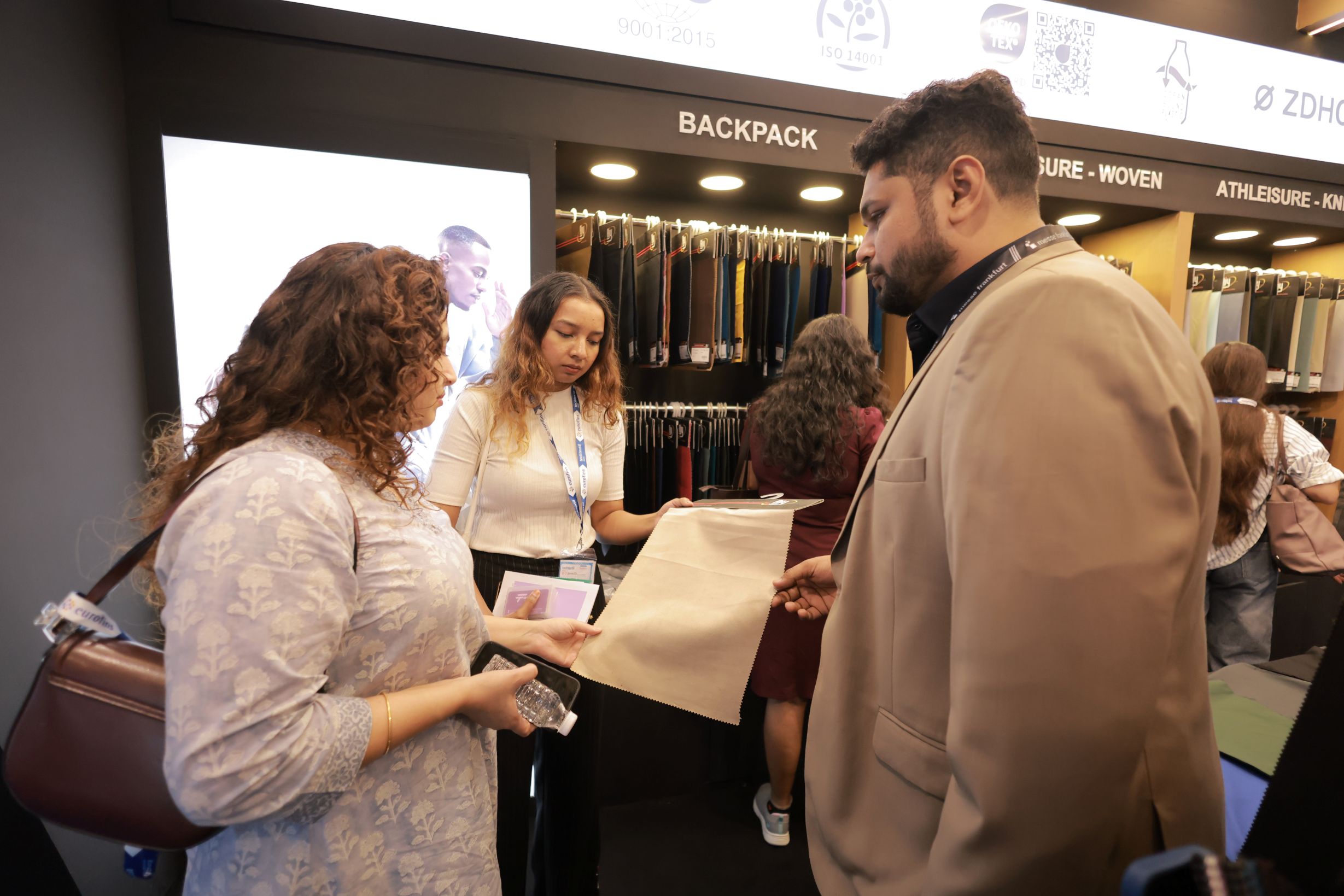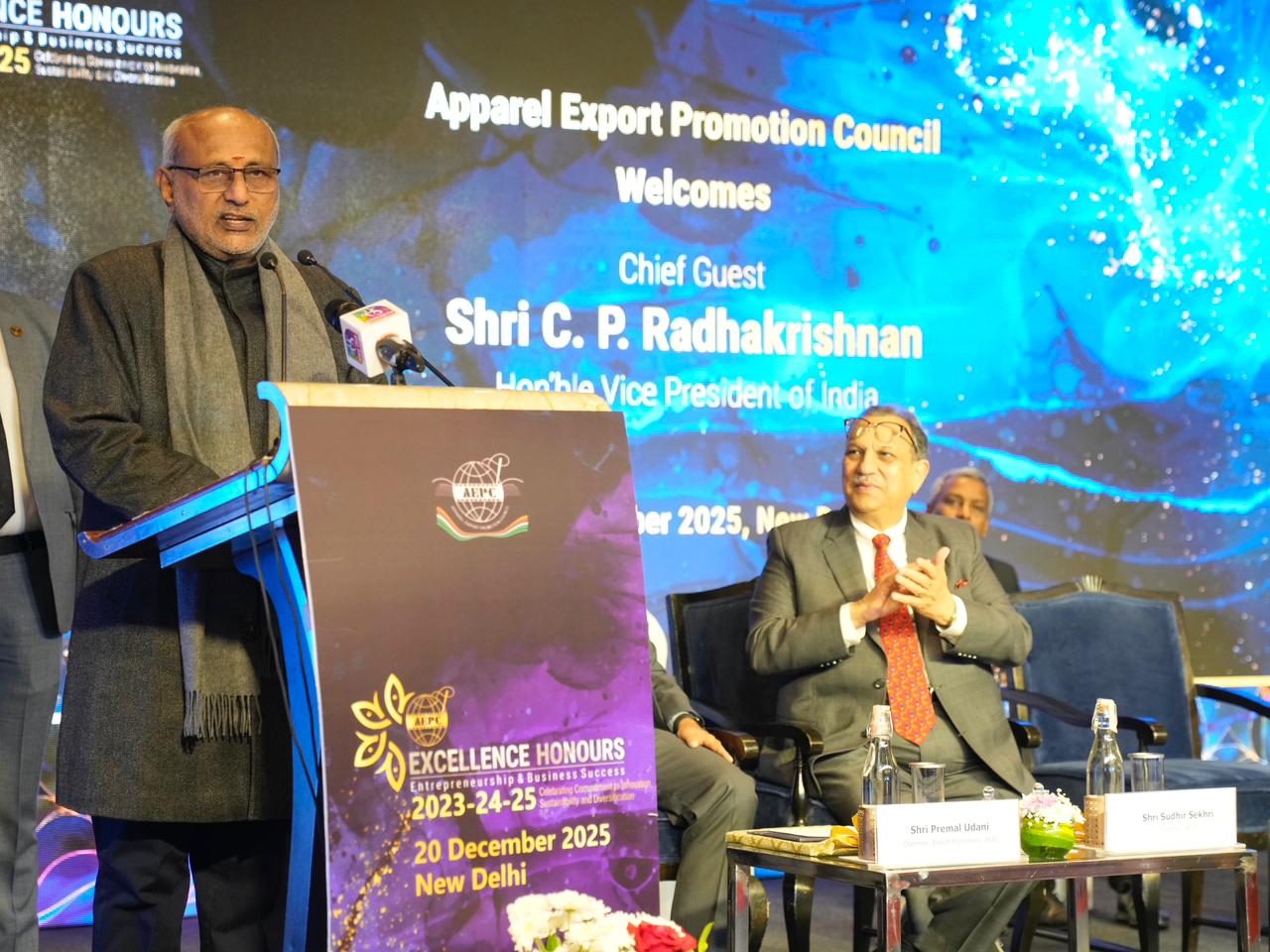
The report ‘2024 USFIA Fashion Industry Benchmarking Study’ released in collaboration with University of Delaware highlights the change in apparel sourcing patterns. The study highlights the mounting economic pressures faced by the US fashion industry, including inflation, supply chain disruptions, and geopolitical tensions. These challenges have accelerated a trend towards diversification, creating a golden opportunity for India. For the first time ever, India has surpassed Bangladesh as the top apparel sourcing destination for US fashion companies.
Reducing China sourcing
A significant shift in apparel sourcing dynamics is evident from the latest survey findings. This year, a record 43 per cent of respondents scaled back their apparel sourcing from China to less than 10 per cent, a notable increase from just 18 per cent in 2018. Moreover, nearly 60 per cent of those surveyed no longer consider China their primary apparel supplier in 2024, marking a substantial rise compared to the pre-pandemic range of 25-30 per cent.
Despite China's recognized economic competitiveness in apparel manufacturing—such as robust vertical integration, low minimum order quantities (MOQs), flexibility, cost-effectiveness, and rapid market responsiveness—non-economic factors are driving a strategic reshaping of supply chains. Heightened concerns over forced labor risks and geopolitical uncertainties are compelling US fashion companies to diversify their sourcing away from China. This strategic realignment extends to companies actively selling products within China.
Looking ahead, nearly 80 per cent plan to further decrease their reliance on Chinese sourcing over the next two years, signalling a sustained trend towards risk mitigation. Large-scale US fashion enterprises, particularly those with over 1,000 employees and substantial current Chinese sourcing, are at the forefront of efforts to "de-risk" their supply chains.
India, capitalizing on global challenges
In 2024, a notable shift in sourcing patterns emerged as more respondents indicated sourcing from India (89 per cent utilization rate) than from Bangladesh (86 per cent utilization rate) for the first time in survey history. This trend highlights India's rising prominence as a preferred apparel sourcing destination among surveyed companies.
Looking forward, nearly 60 per cent respondents expressed intentions to increase their apparel sourcing from India over the next two years. This planned expansion surpasses growth projections for any other Asian country, underscoring India's growing appeal as a strategic sourcing hub in the region. India's vast skilled workforce, coupled with a growing domestic market, has been instrumental in its success. The country's rich textile heritage and diverse production capabilities offer global brands a wide range of options, from high-end fashion to mass-market apparel. Furthermore, the government's initiatives to promote 'Make in India' have created a positive ecosystem for apparel manufacturers.
India has capitalized on these challenges, positioning itself as a preferred alternative to traditional sourcing hubs. For the first time, India has surpassed Bangladesh as the most sought-after apparel sourcing destination for US fashion companies. This growth is due to a combination of factors:
Cost competitiveness: India offers a compelling cost advantage compared to many other sourcing destinations.
Skilled workforce: The country has a large pool of skilled labor, capable of meeting the demands of the fashion industry.
Government support: The Indian government's focus on boosting the textile and apparel sector through initiatives like the Production Linked Incentive (PLI) scheme has created a conducive environment for businesses.
Sustainability focus: Emphasizing sustainable practices, such as eco-friendly production processes and ethical sourcing, can attract environmentally conscious global brands.
Infrastructure development: Continued investment in transportation, logistics, and port infrastructure is essential to ensure efficient and cost-effective supply chains.
While economic factors have undoubtedly played a role, India's growing appeal also stems from its ability to address other critical concerns for US brands. The country has made significant strides in improving labor standards and sustainability practices, aligning with the increasing emphasis on ethical sourcing.
Despite the promising outlook, India faces certain challenges that need to be addressed. On major one is infrastructure bottlenecks. While significant progress has been made, infrastructure development still lags behind in some regions, impacting supply chain efficiency. Rising labor costs could also erode India's competitive advantage, necessitating a focus on productivity and value-added services. And another important aspect is addressing trade barriers and improving market access in key export destinations will be crucial for sustained growth.
By effectively addressing these challenges and capitalizing on the opportunities presented, India can solidify its position as a global fashion sourcing powerhouse and contribute significantly to the country's economic growth.












